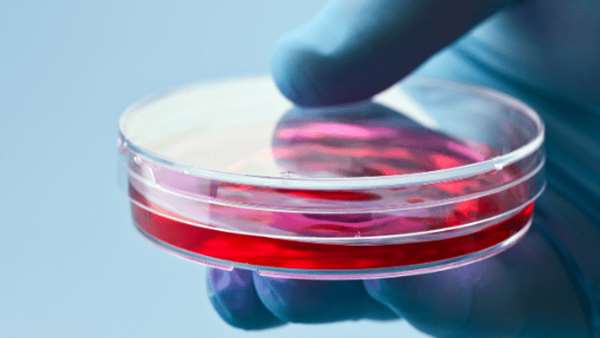stem cell-derived organoids produce tears in a dish
Researchers from the Hubrecht Institute (Utrecht, The Netherlands) have developed stem-cell-derived organoids that can produce moisture. This regenerative method may shed light – and tears – on novel treatments for dry-eye disease.
Researchers from the Hubrecht Institute (Utrecht, The Netherlands) have developed stem-cell-derived organoids that can produce moisture. This regenerative method may shed light – and tears – on novel treatments for dry-eye disease.
Their study, which demonstrated that organoids can engraft, integrate and produce mature tears upon transplantation into mouse tear glands, was recently published in the journal Cell Stem Cell.
“We hope that scientists will use our model to identify new treatment options for patients with tear-gland disorders by either testing new drugs on a patient’s organoids or expanding healthy cells and, one day, using them for transplantation,” commented senior study author, Hans Clevers (Hubrecht Institute).
Dry-eye disease results from disfunction of the lacrimal gland, or tear gland – responsible for protecting the eye by secreting a watery film of tears.
“What struck us is that at least 5% of the adult population is estimated to have dry-eye disease, which is most of the time related to a defect of tear production by the tear gland,” noted co-first study author, Yorick Post (Hubrecht Institute). “But treatment options are limited because there was no complete understanding of the biology and no reliable, long-term in vitro model to study the tear gland.”
To tackle this, the team used adult stem cells to produce mouse and human lacrimal gland organoids. These organoids replicated features of the lacrimal gland epithelium – the tissue that secretes tear fluid.
“The challenge was to get the organoids to cry, as this is a hallmark of the lacrimal gland,” explained co-first study author Marie Bannier-Hélaouët (Hubrecht Institute). “We had to modify the cocktail of factors the organoids are grown in so that they would become the mature cells that we have in our tear glands and that are capable of crying.”
Remarkably, when the organoids were exposed to the neurotransmitter noradrenaline, they immediately produced tears.
What’s more, the team noted that Pax6, a gene that controls eye development, was deficient in dry-eye patients. To gain insight into this phenomenon, the team used CRISPR/Cas9 genome editing to delete Pax6 from the mouse organoids.
They also examined the cellular features and origins of tear components in the lacrimal gland through single-cell mRNA sequencing. This experiment demonstrated that the ductal and acinar cells in the lacrimal gland release different tear components.
Lastly, the researchers successfully transplanted human organoid cells into mouse lacrimal glands. After 2 weeks, the organoid cells had formed duct-like structures – with some cells proliferating up to 2 months after transplantation. Extraordinarily, tear proteins were found inside these ducts – implying that this method may see success in further trials.
“Patient-derived organoids open up new avenues to study lacrimal gland diseases in a personalized fashion,” Clevers concluded. “But there is still a long way to go before these mini-organoids can be used for regenerative therapies.”
Ref:https://www.regmednet.com/not-a-dry-eye-in-the-house-stem-cell-derived-organoids-produce-tears-in-a-dish/




ارسال به دوستان